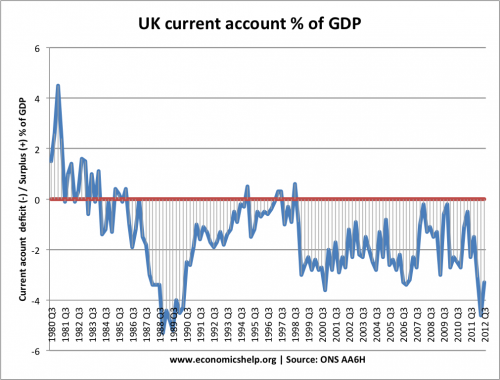How to Read Balance Of Payments

The balance of payments (BOP) accounts are records used by a country to evaluate all monetary dealings with the rest the world taking place at a specific point in time. It is made up of capital account, financial account and current account. Any payment owed to a foreign country has a debit entry, where as any payment coming in has a credit balance. Only a single currency is applied, which is referred to as the domestic currency.
Instructions
-
1
Current Account (Balance of trade, factor income and cash transfers)
The current account is the biggest component of BOP which estimates the goods and services flowing in and out of the country. The first sub-division is the balance of trade which is the net value of all exports minus imports. In order to have a surplus a country must export more than what it imports.
Factor Income is the income received by a country from investments made abroad and workers sending money in the form of remittances.
Current transfers can also occur in the form of donations, aids etc where one country is providing currency without getting anything in return. Services imply situations such as tourism, where local residents are earning money from promoting tourism to foreign people. -
2
Capital Account
The capital account records transfer in ownership of assets. While current account reflects changes in earnings or net income, capital balances specifies the changes made to assets, where a deficit balance will explain that domestic ownership has an increasing trend as compared to foreign ownership.
However, capital account is further broken down into four broad categories i.e. foreign direct investment, portfolio investment, other investment and reserve account. -
3
Financial Account
Financial Account and Capital account are sometimes inter-linked, and take into account the income flows related to real-estate investments, bonds and stocks. -
4
Usefulness
Essentially BOP must be equal to zero, where all assets must equal liabilities. However, that is usually not the case as a country has either a surplus balance or a deficit. A negative BOP reflects that more money is going out of the country and vice versa. The BOP allows a particular nation to gauge its competitiveness when compared with other nations; identify its import and export patterns and evaluate opportunities for further growth.






